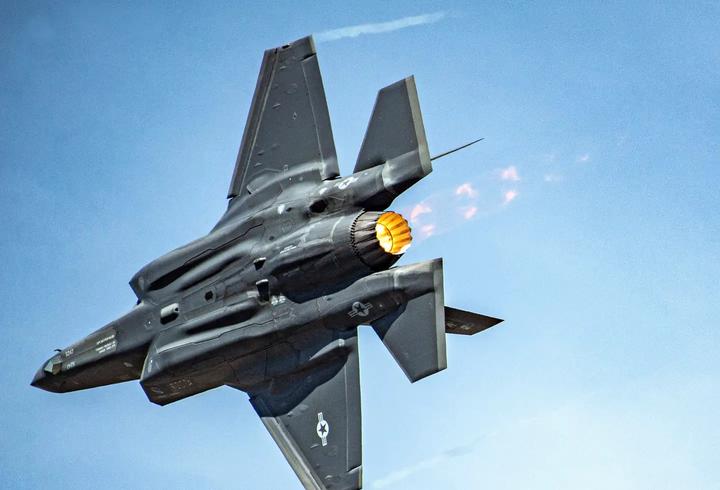F-35 vs J-35: A Case of Military Marketing Mishap
The U.S. military’s F-35 Joint Program Office mistakenly used an image of China’s J-35 stealth fighter in a Veterans Day poster, highlighting key differences between these advanced aircraft and sparking discussions about military communication.

In a remarkable turn of events at the 2024 Zhuhai Airshow in China, the J-35A stealth fighter made its public debut, showcasing China’s growing aerospace capabilities. However, this event gained additional attention when, just one day earlier, a branch of the U.S. military accidentally used an image of the Chinese J-35 in their Veterans Day promotional material, mistaking it for their own F-35.
The distinguishing features between these two advanced fighters are significant. The F-35 is a single-engine aircraft with one exhaust nozzle, while the J-35 utilizes a twin-engine configuration with dual exhaust nozzles. This fundamental difference in design philosophy reflects their distinct operational roles and capabilities.
The U.S. Defense Department’s F-35 Lightning II Joint Program Office, ironically the organization most expected to recognize their flagship fighter, created the poster. Military aviation enthusiasts quickly spotted the error, leading to its swift removal. The Military Times addressed this mistake by publishing a correct image of the F-35A Air Force variant, emphasizing its single-engine configuration as a key identifier.
This incident highlights several aspects of modern military aviation. The J-35 represents China’s growing sophistication in aerospace engineering, featuring enhanced stealth characteristics and aerodynamic refinements. The F-35, despite its challenges, remains a cornerstone of U.S. air power, with its advanced sensor fusion and multi-role capabilities.
From a technical perspective, these aircraft embody different design priorities. The F-35’s emphasis on sensor integration and stealth comes at the cost of a larger radar cross-section due to its weapons bay requirements. The J-35, meanwhile, appears to prioritize maneuverability and speed, evidenced by its twin-engine design and more conventional aerodynamic features.
This marketing mishap also reveals the complexities of military public relations in the digital age. Outsourced marketing materials, tight deadlines, and the increasing similarity of advanced military aircraft can lead to such errors. While seemingly minor, these incidents can have broader implications for military credibility and public perception.
The episode serves as a reminder of how advanced military technology has become increasingly sophisticated and, in some ways, visually similar across nations. It also underscores the importance of accurate technical knowledge in military communications, even in seemingly routine promotional materials.